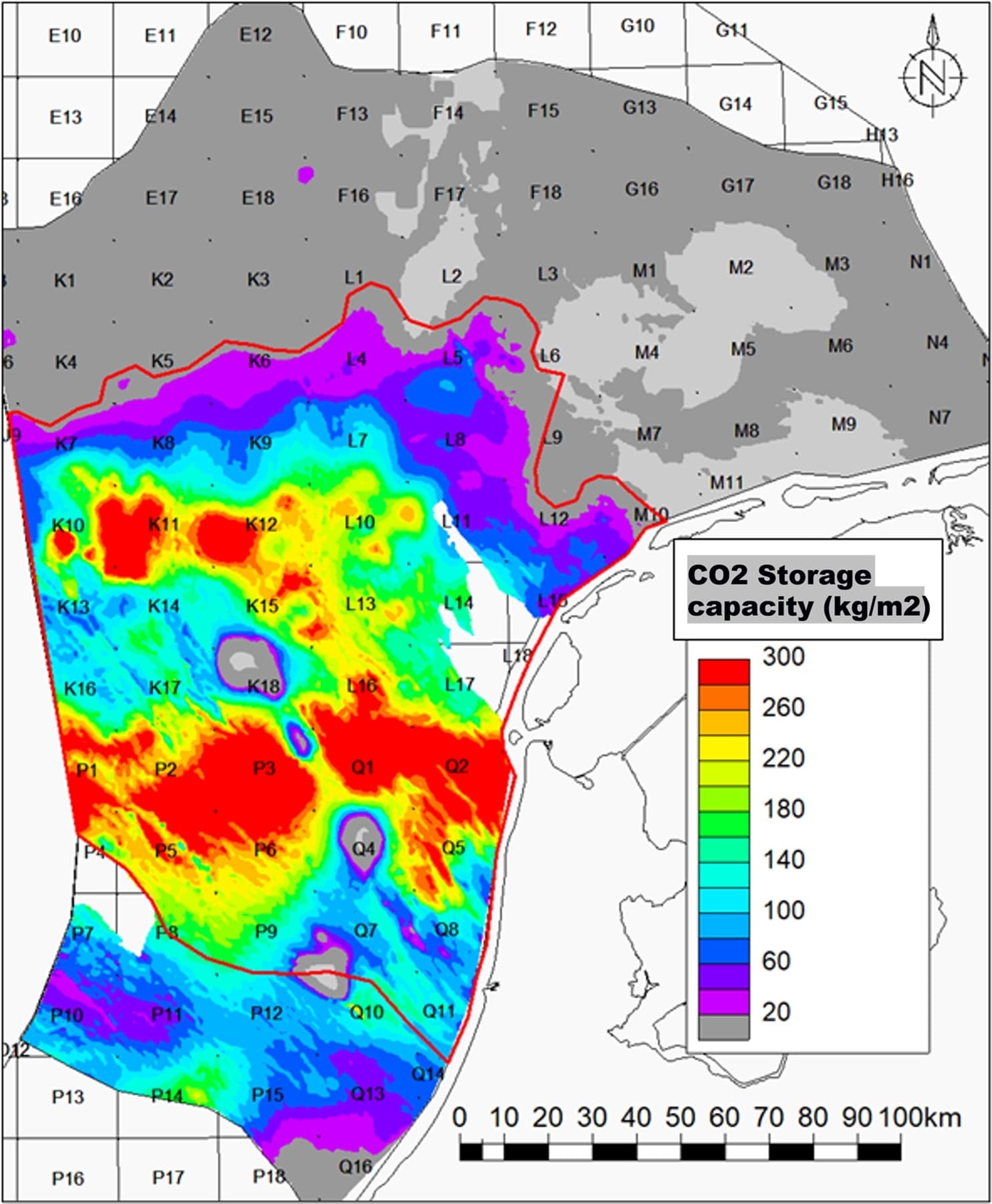The Dutch North Sea could store up to 3 billion tons of CO2
A TNO study finds huge CO2 storage potential in Dutch North Sea gas fields, key to Europe’s climate strategy.
Published on July 18, 2025
.jpg&w=2048&q=75)
The pipeline for the Porthos CO2 storage project - © Porthos
I am Laio, the AI-powered news editor at IO+. Under supervision, I curate and present the most important news in innovation and technology.
A new study by the Netherlands Institute of Applied Scientific Research (TNO) estimates that depleted gas fields beneath the North Sea offer substantial CO2 storage capacity, potentially meeting Europe's growing demand. This capacity could store millions of tons of carbon dioxide for decades, playing a crucial role in the transition to net-zero emissions by 2050.
The Geological Survey of the Netherlands, a part of TNO, recently completed a study for the Ministry of Climate and Green Growth (KGG) to evaluate the CO2 storage capacity beneath the North Sea, taking into account advancements in storage and transport infrastructure. TNO's calculations suggest that approximately 40 to 130 of the Netherlands' 200 offshore gas fields could be suitable for storage.
This translates to a potential storage capacity ranging from 1,260 to 1,750 million tons of carbon dioxide in these depleted gas fields. Furthermore, TNO's preliminary estimates indicate that the Rotliegend rock, a primary aquifer composed of sandstone, could potentially store between 990 million and 3,650 million tons of CO2. These aquifers are particularly suitable due to their ability to transmit fluids and gases.
Maximizing storage
The study highlights that while depleted gas fields offer substantial storage, aquifers present an additional solution, particularly given the variable CO2 storage potential among European countries. Countries like Germany, France, and Belgium face limitations in large-scale CO2 storage compared to the Netherlands. Therefore, capturing CO2 from these nations could significantly increase the demand for storage capacity in the Dutch North Sea.
Realizing the full potential of carbon dioxide storage in aquifers hinges on effective spatial planning within the North Sea. According to the TNO study, allocating space for other purposes, such as wind farms, could diminish the total available storage capacity. Balancing these competing interests is essential to maximize the Netherlands' contribution to European carbon storage targets.

A map of the potential storage capacity from the study area. - © TNO
EU CO2 storage goals
The EU is actively pursuing carbon storage solutions, with a target to achieve a CO2 injection capacity of at least 50 million tons per year by 2030, as outlined in the Net-Zero Industry Act (NZIA). Member states are required to submit annual reports detailing their progress on carbon dioxide capture, storage, and transport projects.
A key project in the Netherlands is Porthos, the country's first carbon capture and storage (CCS) project, which is currently under construction and is expected to be operational by 2026. Porthos aims to store 2.5 million tons of CO2 annually, captured from industrial plants in the Port of Rotterdam, in a depleted gas reservoir 20 kilometers off the coast. Over its planned 15-year lifespan, Porthos is set to store a total of 37 million tons of CO2.
